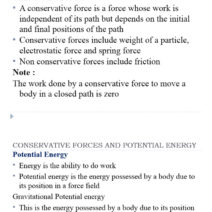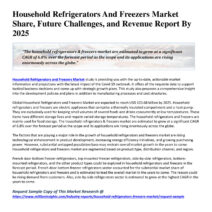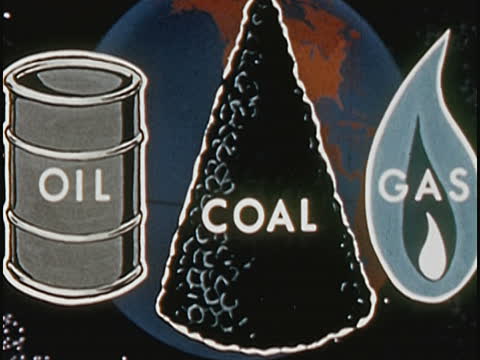Coal has been the bedrock of industrial development for centuries, powering homes, factories, and machines. However, with the unrelenting march of climate change, the consequences of this fossil fuel are coming into stark focus. The paradox of our reliance on coal, juxtaposed with the escalating environmental repercussions, invites us to examine the intricacies of coal’s role in our planetary health.
To understand the profound impact of coal on our environment, it is imperative to consider its geographical prevalence and economic significance. Coal deposits are abundant across the globe, from the vast reserves in the United States and China to the rich seams in Australia and India. This widespread availability has underpinned an economy predicated on energy consumption. As nations industrialized, coal emerged as the fuel of choice, providing an accessible and cost-effective method for generating electricity, constructing infrastructure, and powering machinery.
However, the environmental cost of coal extraction and combustion is both damning and dire. The process of mining coal is itself an ecological offender. Surface mining—a prevalent method—induces deforestation, disrupts ecosystems, and contaminates water sources through runoff laden with heavy metals. This environmental degradation occurs in vulnerable habitats, decimating flora and fauna. The sheer scale of coal extraction often leads to irreversible damage, a stark reminder that the pursuit of energy can come at a phenomenal ecological price.
Once extracted, coal does not merely sit idly; it is combusted, and herein lies a greater environmental threat. The combustion process releases a cacophony of pollutants into the atmosphere, including sulfur dioxide (SO₂), nitrogen oxides (NOₓ), and particulate matter. These emissions contribute to the formation of acid rain and exacerbate respiratory diseases, affecting public health on a global scale. Furthermore, the carbon dioxide (CO₂) released during combustion is a primary driver of global warming, enhancing the greenhouse effect and pushing the planet toward climatic instability.
Scientific consensus has rung alarm bells regarding the ramifications of our lumbering dependence on fossil fuels. The Intergovernmental Panel on Climate Change (IPCC) accentuates that to mitigate catastrophic climatic outcomes, a rapid reduction in coal usage is essential. The target of limiting global temperature rise to 1.5 degrees Celsius above pre-industrial levels hangs perilously in the balance, requiring transition strategies away from coal as a primary energy source.
The enigma of coal’s utility dances hand-in-hand with its notoriety as an environmental pariah. In many regions, coal has become interwoven into the fabric of local economies, where it provides employment and social stability. Addressing the loss of jobs and the economic destabilization that comes with a transition away from coal mining and usage demands a multifaceted strategy. Transition planning must include a robust framework for reskilling workers, investing in renewable energy jobs, and cultivating sustainable industries that can thrive in their stead.
Renewable energy technologies offer a compelling alternative—solar, wind, and hydroelectric power are not only clean but also increasingly cost-effective. The recent strides in energy storage technology further bolster the feasibility of renewables, allowing for energy provision even when natural sources are intermittent. Additionally, bioenergy and geothermal sources are gaining traction as viable options that can seamlessly fit into an energy portfolio that minimizes environmental impact.
As the transition toward greener energy sources progresses, public policy and awareness play pivotal roles. Legislative frameworks must promote clean energy investment, while awareness campaigns can illuminate the ecological consequences tied to coal dependency. Advocacy groups are rallying communities, stirring dialogues on sustainable practices, often connecting local health outcomes with energy choices. These grassroots movements are indispensable in fostering a cultural shift towards sustainable living.
Moreover, the role of technological innovation cannot be overstated. Carbon capture and storage (CCS) technologies aspire to mitigate the adverse effects of coal combustion by capturing CO₂ emissions before they are released into the atmosphere. While these technologies are still in their nascent stages, they provide a glimmer of hope for reducing coal’s carbon footprint. Nevertheless, these innovations should not be misconstrued as a panacea; they must accompany a broader strategy of energy reform that prioritizes the cessation of coal utilization.
The complexities surrounding coal are juxtaposed against the backdrop of a world yearning for energy security and environmental stewardship. As the global population burgeons and energy demands escalate, the imperative for sustainable solutions becomes irrefutable. The world’s energy future hinges on a collective recognition that while coal may have powered the past, it cannot be the torchbearer for tomorrow. Transitioning away from coal is not merely an environmental necessity; it is an ethical obligation to preserve our planet for future generations.
In conclusion, understanding the multifaceted impacts of coal unveils a myriad of challenges and responsibilities. The narrative surrounding coal is not merely a dialogue of energy production; it is a discourse on the stewardship of our planet and our commitment to foster a sustainable future. As the weight of climate change continues to bear down upon us, the call for a decisive shift toward renewable energy sources resounds louder than ever. We stand at a precipice, equipped with the knowledge and innovations needed to carve a more sustainable pathway, invigorating the discourse on energy while protecting the planet we call home.





